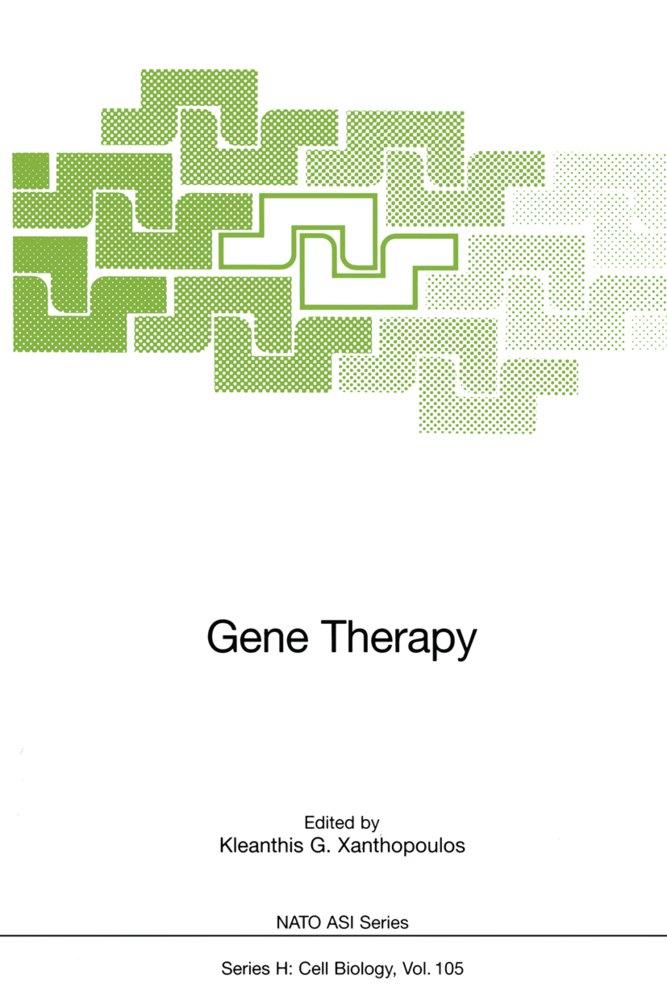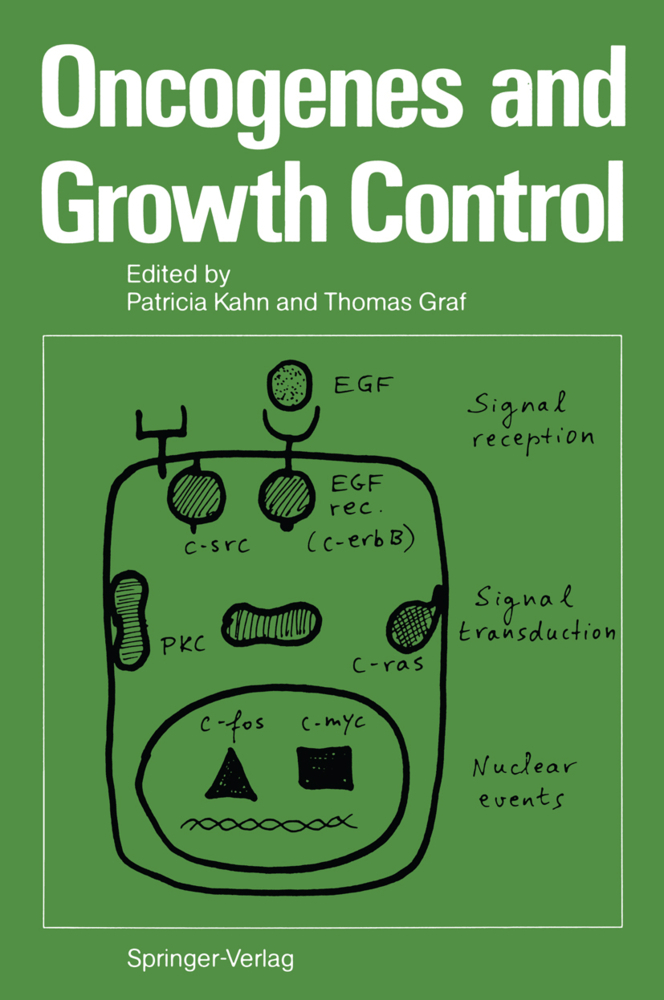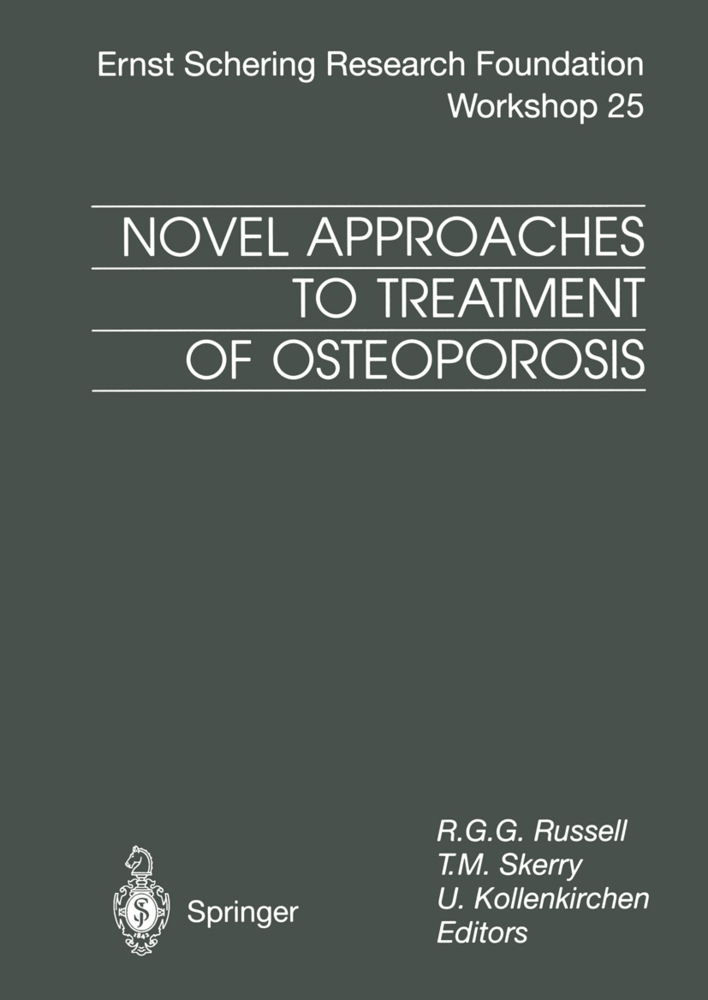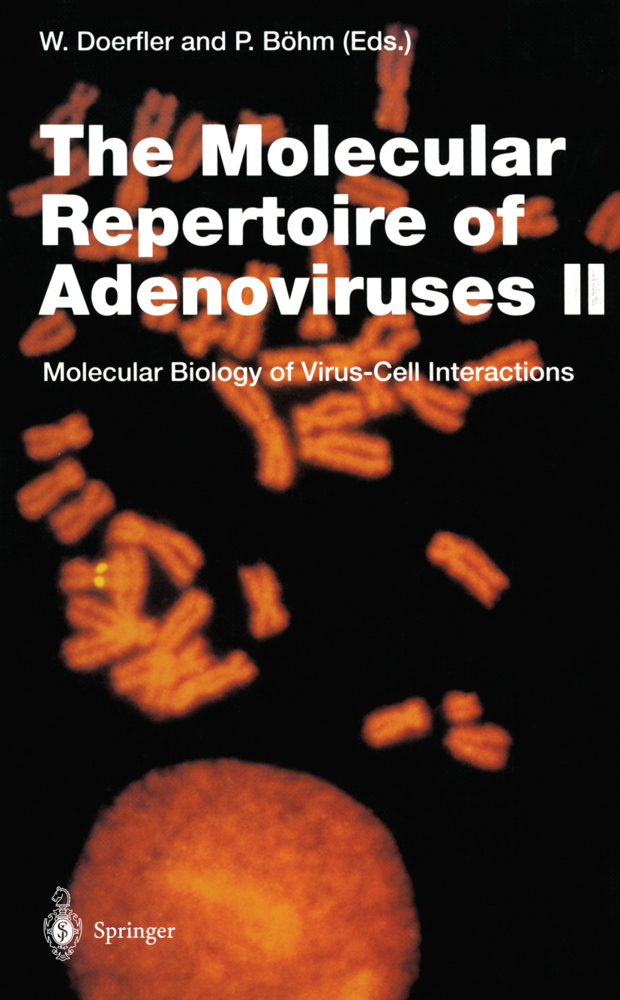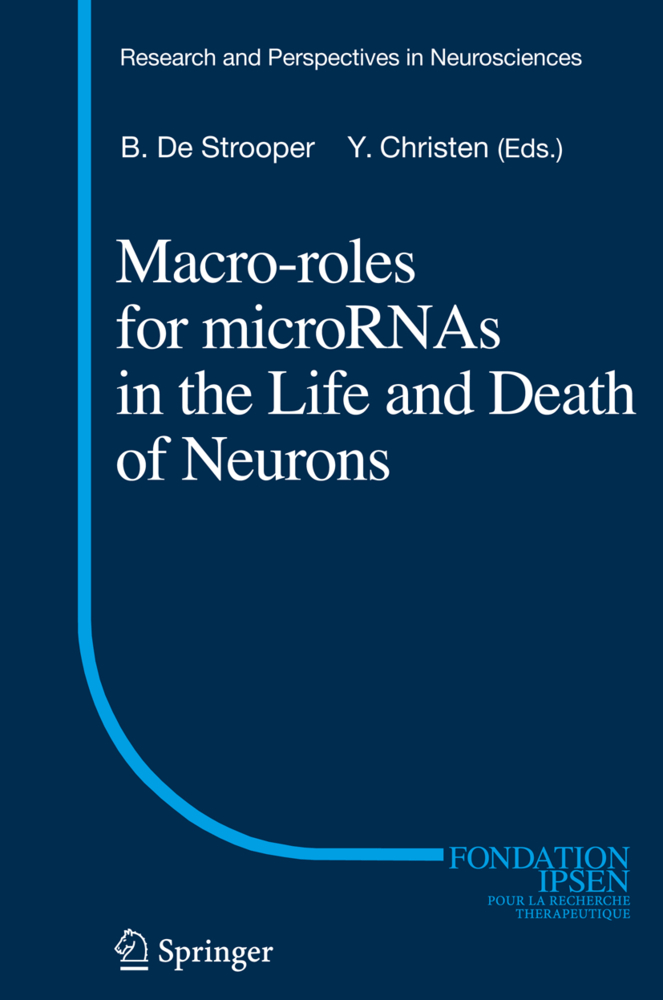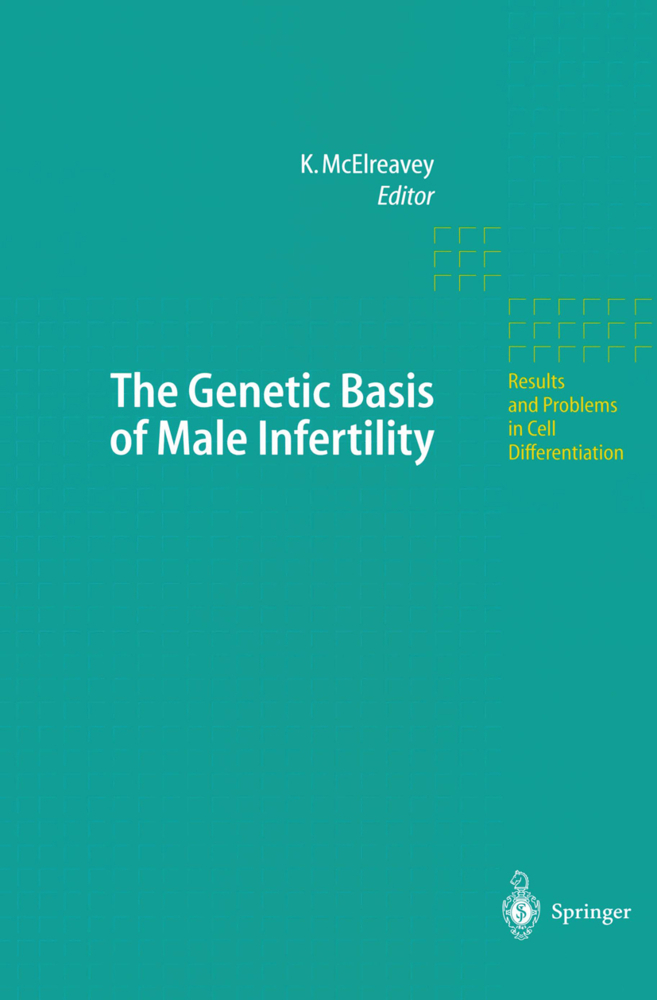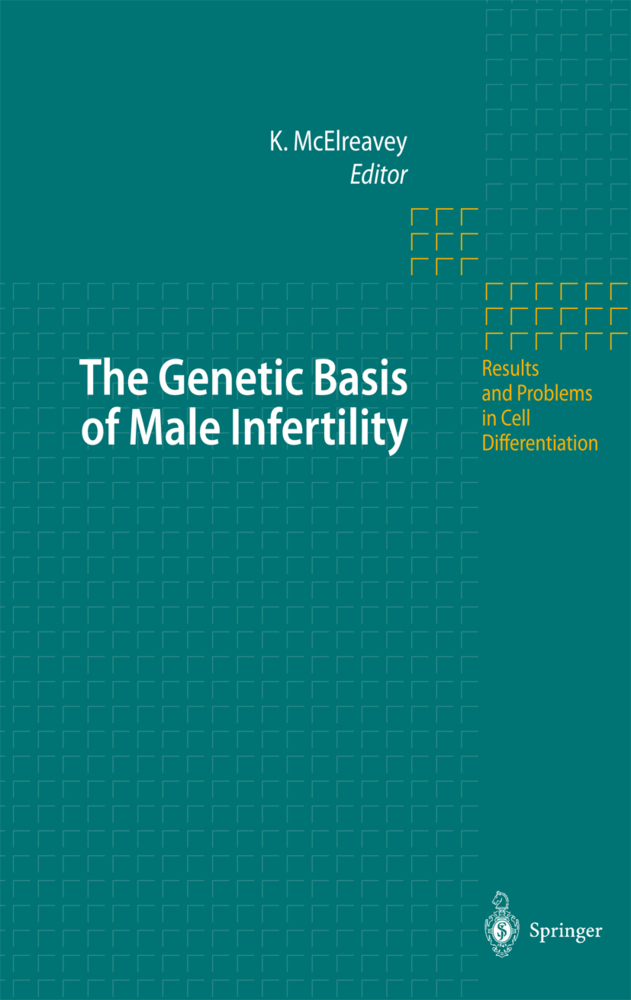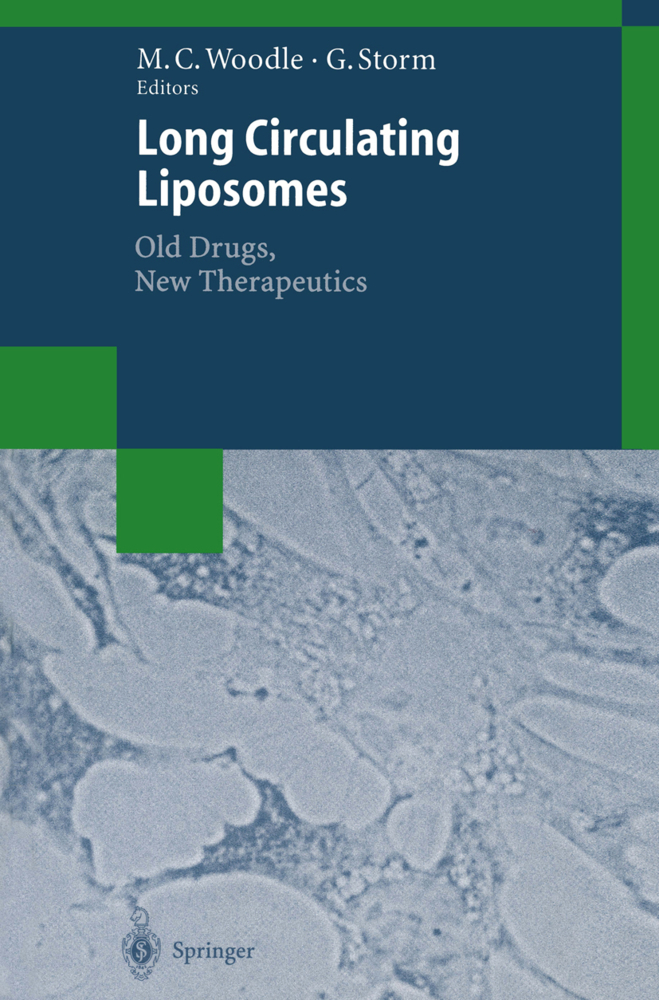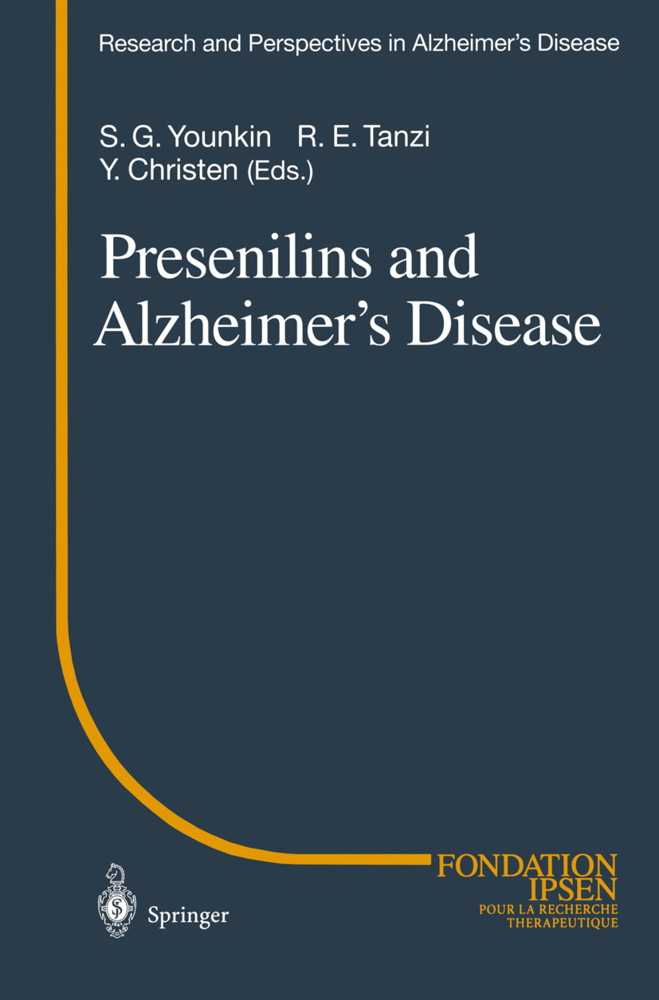Gene Therapy
Gene Therapy
Gene therapy has generated enormous expectations as it holds a great promise, namely to revolutionize clinical and molecular medicine. This is because the successful introduction of a gene sequence in somatic sells followed by long-term expression at therapeutic levels can fundamentally correct a variety of human disease such as inherited and acquired disorders, cancer and AIDS. The proceedings of the first ASI on Gene Therapy that took place from August 17-28, 1997 on the island of Spetsai, Greece, summarizes recent advances in the field as presented elegantly by the intemationally recognized experts that served as faculty at the meeting. Their contributions constitute brief but comprehensive reviews presented as independent chapters in this book and emphasize the influence of chromatin structure on gene expression, describe the principal mechanisms of gene expression, followed by articles on epigenic elements, viral vectors, non-viral vectors as gene delivery systems, animal models of human diseases, inducible regulatory systems, gene therapy of cancer, AIDS, monogenic disorders and ongoing clinical trials. Gene therapy is the logical progression to human health management because it offers a potential low cost and efficient treatment. Gene therapy can reach it's full potential and satisfy all expectations. However, a number of critical technology advancements need to be completed. These include the development of vectors capable of safe and efficient gene transfer, the control of cell type targeting and regulation of trans gene expression levels.
Modeling Genetic Diseases in the Mouse
The Use of Genetic Switches for the Generation of Conditional Mutants at the Level of Cells and Animals
Application of Tetracycline Regulatable Systems for Gene Therapy
Alphavirus-Retrovirus Vectors
Integration of Retroviruses into a Predetermined Site
Amphotropic Envelope/Receptor Interactions
Transduction of CD34+ PBSC Mobilized in Cancer Patients Using a Novel Fr-MuLV Retrovirus Vector Derived from FB29 Highly Titrating Strain
HIV Gene Therapy: Current Status and Its Role in Therapy
Adeno-Associated Viral Vectors: Principles and In Vivo Use
Genetic Correction for Gene Therapy
Retroviral Vectors for Human Gene Therapy
Gene Therapy for Cancer
Feasibility Study Intended for In Vivo Retroviral Mediated Gene Transfer of Bladder Urothelium
A Gene Therapy Approach for the Treatment of ALS
Modular Fusion Proteins for Receptor-Mediated Gene Delivery
Intracellular Combinatorial Chemistry with Peptides in Selection of Caspase-like Inhibitors
Lipid Gene Transfer, a Story of Simplicity and Complexity
Theory and Practice of Using Polycationic Amphiphiles and Polymers for In Vitro and In Vivo Gene Transfer
Lipid Gene Transfer and Clinical Gene Therapy
Human Dystrophin Gene Expression In mdx Muscles After In Vivo Ballistic Transfection, Application of Synthetic Oligopeptide Complexes and Cationic Liposomes.
A Few Glances at the Function of Chromatin and Nuclear Higher-Order Structure in Transcription Regulation
Transcriptional Regulation and Gene Expression in the LiverModeling Genetic Diseases in the Mouse
The Use of Genetic Switches for the Generation of Conditional Mutants at the Level of Cells and Animals
Application of Tetracycline Regulatable Systems for Gene Therapy
Alphavirus-Retrovirus Vectors
Integration of Retroviruses into a Predetermined Site
Amphotropic Envelope/Receptor Interactions
Transduction of CD34+ PBSC Mobilized in Cancer Patients Using a Novel Fr-MuLV Retrovirus Vector Derived from FB29 Highly Titrating Strain
HIV Gene Therapy: Current Status and Its Role in Therapy
Adeno-Associated Viral Vectors: Principles and In Vivo Use
Genetic Correction for Gene Therapy
Retroviral Vectors for Human Gene Therapy
Gene Therapy for Cancer
Feasibility Study Intended for In Vivo Retroviral Mediated Gene Transfer of Bladder Urothelium
A Gene Therapy Approach for the Treatment of ALS
Modular Fusion Proteins for Receptor-Mediated Gene Delivery
Intracellular Combinatorial Chemistry with Peptides in Selection of Caspase-like Inhibitors
Lipid Gene Transfer, a Story of Simplicity and Complexity
Theory and Practice of Using Polycationic Amphiphiles and Polymers for In Vitro and In Vivo Gene Transfer
Lipid Gene Transfer and Clinical Gene Therapy
Human Dystrophin Gene Expression In mdx Muscles After In Vivo Ballistic Transfection, Application of Synthetic Oligopeptide Complexes and Cationic Liposomes.
Xanthopoulos, Kleanthis G.
| ISBN | 978-3-642-72162-5 |
|---|---|
| Artikelnummer | 9783642721625 |
| Medientyp | Buch |
| Copyrightjahr | 2011 |
| Verlag | Springer, Berlin |
| Umfang | VIII, 223 Seiten |
| Abbildungen | VIII, 223 p. |
| Sprache | Englisch |

